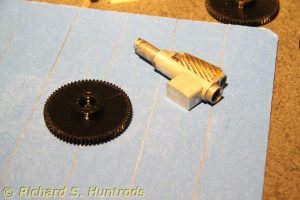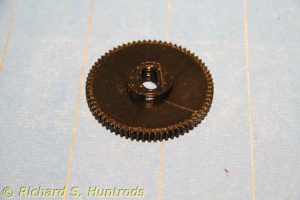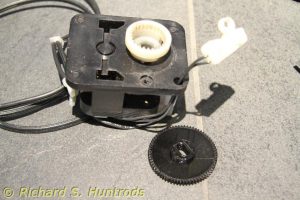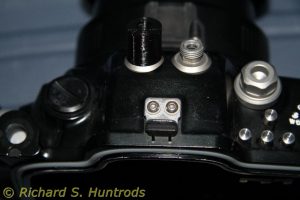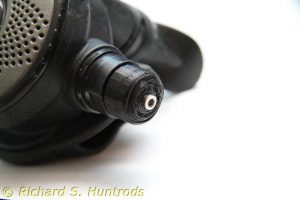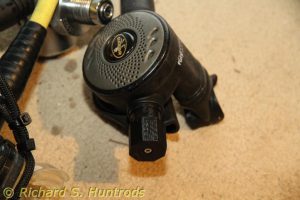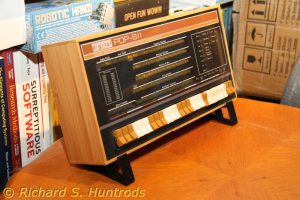Very recently I got a new telescope that will allow me to explore both astral photography and potential robotic control.
They already make ‘robot control’ telescopes, but they cost a lot. I’m looking more at the budget friendly arduino based concept. I certainly have plenty of experience with arduino thanks to my COMP444 course I wrote and teach at AU, so putting a stepper motor on a telescope mount should be quite feasible.
To that end I bought the Celestron Powerseeker 127EQ telescope. It’s relatively inexpensive and still has a proper (if inexpensive) equestrian mount which allows you to track an object as it moves through the night sky with one rotational control. It’s that control that I would be wanting to automate at first.
The other reason for the Celestron 127EQ is that it has a large enough mirror to provide between 50x and 250x power for astral photography. It comes with an eyepiece assembly that accepts 1.25in lenses but is also threaded for 42mm camera adapters. This provides flexibility to put a T-mount on the camera and then use T-adapter eyepieces, direct connection or a Barlow lens to connect the camera (DLSR) to the telescope.
I had to purchase the T-mount and other bits (adapter & barlow) separately as it took some time to determine exactly which ones would work best with my DLSR.
One thing I instantly loved about this telescope is that I was able to assemble it easily and quickly, and then use it immediately. It was easy to aim the telescope across the road at trees and using the low power lens (50x) I could quickly focus on the leaves. Better still, when the camera T-mount and adapters arrived a couple of days later, I was able to easily swap out the eyepiece for the camera and take photos of the leaves. Nothing persuades further exploration than immediate success!
I’ve had telescopes before, but they always frustrated. The worst was an automated telescope I got on points many years ago. It was ‘computer controlled’, but rather than equatorial mount it was powered by simple x-y motors that needed computer interpretation to actually work. Otherwise you had to push ‘up-down-left-right’ buttons to move the finder, which is fine for land but terrible for astronomy. Set-up required finding several stars under computer guidance before it would work, and some of the stars it needed were simply not visible in our skies. To this day it’s never really worked.
So, needless to say, having a telescope that worked ‘first time’ was a joy. Night set-up is even easier. One leg is set to point true N. You set the azimuth based on latitude (49deg N in my case) and the telescope should point to the north star ‘out of the box’, so-to-speak. If not, you tweak the azimuth until you are pointing at the north star, and the telescope is then set. From then on, simply go outside, point the one leg due N and the telescope is ready. Simple and elegant!
Right now it’s too cloudy and too cold (-5 overnight) to be doing much outside after dark, but even now I’ll probably go outside on a clear night just to find Polaris and then photograph the moon. I am looking forward to taking some better pictures of Mars, Saturn and Jupiter as well.
